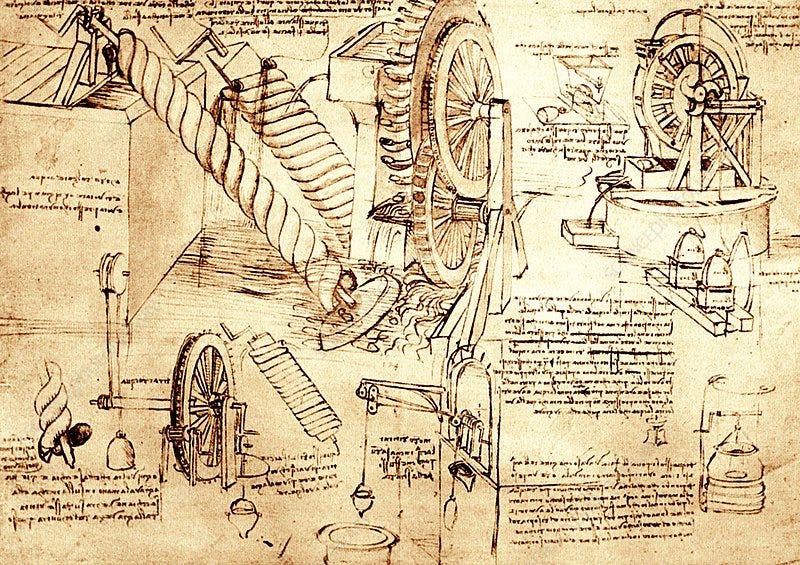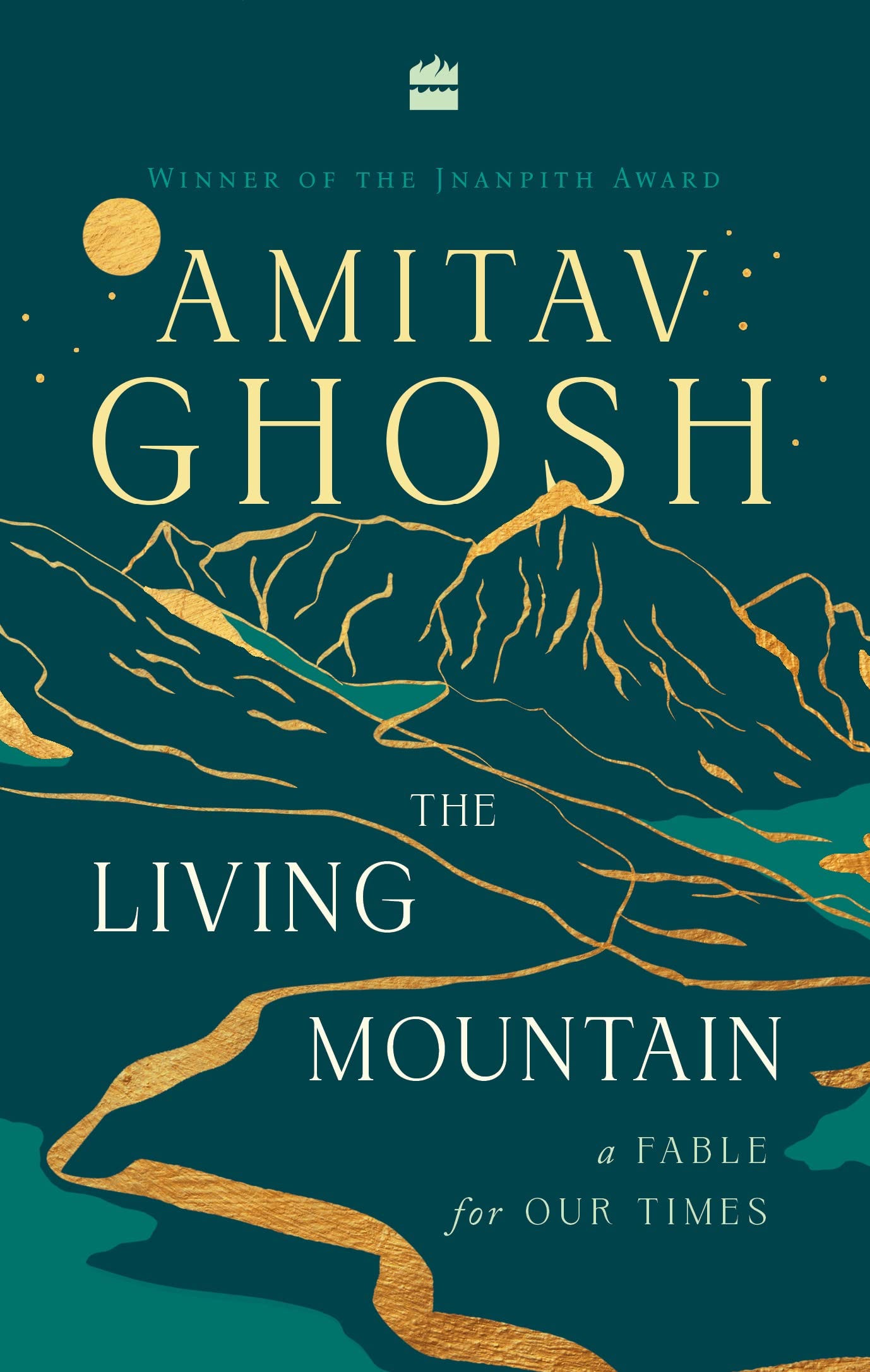India's Deadly Heatwaves, "The Living Mountain," & China's solar dominance
The newsletter for independent thinkers on carbon and climate.
(source: MIT Review)
Issue No. 129
Welcome to the latest issue of Carbon Creed - a curated newsletter for independent thinkers on carbon and climate.
Record-breaking temperatures in India are exposing climate inequalities.
This year, after the end of a harsh winter, the temperature in northern India has been rising since March. In mid-May it hit 49 °C (120 °F), the highest India has recorded in 122 years. Since May, local news reports have attributed more than 50 deaths to the record-breaking heat.
That climate change is exacerbating South Asia’s heat waves is no longer in question. This year alone, two new studies have explored the links. A report by World Weather Attribution found that the likelihood of a heat wave like this year’s has increased by 30 times since the 19th century. And an attribution study carried out by the UK’s Met Office pointed out that the chances of unprecedented heat waves in India and Pakistan have been made 100 times higher by climate change. The question to be answered next is how people faced with life-threatening heat are going to cope with it.
The sale of air conditioners has shot up in India since March, especially in urban areas. However, many households must resort to stealing the necessary electricity from state-owned power companies to avoid paying the steep bills. They do it by attaching an aluminum hook, called a katia, to the power cables running through the streets.
Even with the use of air conditioners hitting a record high, a vast majority of Indians still can’t afford one. The country’s annual per capita income is around 91,000 rupees, and even a cheap AC would claim a quarter of that. And even if you have an AC unit and the electricity to run it, whether paid for or stolen, that doesn’t guarantee escape from the heat. Power cuts are common during the summer; they are brief in big cities but more frequent and longer-lasting in towns and villages. This year, a severe shortage of coal at the power stations and an enormous demand for electricity meant huge numbers of people had to make do with four hours or less of power per day in some of the worst-hit states.
Creed Thoughts: I chose to highlight the climate disaster unfolding in India because I never see it covered by the mainstream U.S. media. It puts my “suffering” into perspective when complaining about 90 degree temperatures, while I sit nestled in air conditioned buildings or vehicles. Climate change is going to be felt and endured unevenly across this planet, so we need to prepare ourselves for more accounts like this from India and the global south.
We’ll keep you posted on the latest carbon policy, trends and market insights as they happen.
If you have an opinion on any topic covered in this newsletter, please feel free to send me an email at mcleodwl@carboncreed.com.
Thank you for your viewpoint and the value of your time.
FORWARDED THIS AND WISH YOU GOT IT EVERY WEEK? YOU CAN! POUND THE BURGUNDY BUTTON BELOW…
NOW, LET’S GO DEEP!
QUOTES
Words that will inspire you…
(source: Scientific American)
“I have been impressed with the urgency of doing. Knowing is not enough; we must apply. Being willing is not enough; we must do.”
- Leonardo da Vinci (architect, artist, scientist, engineer)
“I have learned that success is to be measured not so much by the position that one has reached in life as by the obstacles which he has overcome while trying to succeed.”
- Booker T. Washington (educator, author, orator)
BOOKS
(source: Amazon)
The Living Mountain
A Fable of Our Time
by Amitav Ghosh
The Living Mountains: A Fable of Our Times by Amitav Ghosh is a short work, less than novella length, which explores a range of themes including colonialism, climate change, devaluing of traditional knowledge, disenchantment, and greed and commercialization which become a vicious cycle destroying the very ‘spirit’ of nature.
The story opens with the narrator and his online bookclub friend Maansi, two people who only interact on books and know little else of each other, discussing possible themes for the next year’s reading. Maansi proposes the ‘anthropocene’ a term both are unfamiliar with and volunteers to come up with a reading list. After some silence from her for a while, the narrator receives a message about a book she read on the theme being so very different from what she’d expected the ‘anthropocene’ to be, one which triggered off a tale, part dream, part memory of a story her grandmother had once told her, and it is this she shares with the narrator.
The story is of a people who lived under the benevolent protection of a mountain, the Mahaparbat, which gave them all they needed to live happy, contented lives, and which was treated as sacred and never interfered with.
It would protect us and look after us—but only on condition that we told stories about it, and sang about it, and danced for it—but always from a distance.
But that was until someone from the people called the Anthropoi arrived, who coveted the treasures of the mountain, dubbed its people ‘credulous and benighted’ for not having taken them, colonised, enslaved and exploited, belittled their knowledge and practices, setting off a chain from which there could be no return.
The savants of the Anthropoi were unmatched in their wisdom and they decided that since we were not making any use of the mountain’s riches, they were fully justified in seizing them and taking whatever they wished.
And when the colonised finally rebel and reclaim their space, starting to follow in the path the colonisers have set before them as model, once again they are found fault with, and all blame for any harm placed on them.
We are the Anthropoi, we always know best.
They would not admit that it was not the manner of climb that was to blame for our troubles—it was the climb itself.
By the time the value of their knowledge and their approach is reached, it is seemingly too late…
This is a short but powerful and effective story in that it is able to convey so much and set one’s mind thinking on a range of issues in its few pages. A disconnect with, and disrespect for nature are still norms by which we live (irrespective of all claims to the contrary), and while their impacts in the form of the pandemic and climate concerns ought to have taught us a lesson, ought to get us to rethink the relentless greed, the exploitation, the destruction that we still perpetuate, the book raises the question of whether we have really learnt our lesson, and more so, is the lesson we’ve learnt the right one?
A very relevant book, and one that needs to be not only read but acted on as well.
Creed Comments: Historian and writer Amitav Ghosh follows The Great Derangement and The Nutmeg’s Curse with The Living Mountain: A Fable of our Times, his shortest book yet.
At just 35 pages, this is a no-nonsense tale. It is also cautionary: a fable for our times, as the strap says. You go into an Amitav Ghosh book expecting poetic turns of phrase, and morally ambiguous characters braided into meticulous plots. The Living Mountain eschews these expectations. You have paragraphs that resemble stanzas, and direct prose that is so stripped-down it appears the author wants you to peer only at the bones of the metaphor he is offering you. Look and learn, decolonise, this is our society’s story, he seems to say.
We don’t really have characters here. Rather, we have ideologies or pressure groups. This builds into both the simplicity and complexity of the story, and the use of a format, which is deceptively fantasy-like. The mountain at the centre is valuable and unknowable, and an atlas for our own desires or resistance of desires. The book also mirrors global movements on the Rights of Nature which say Nature should exist as an altruistic entity. All of it can’t be for our taking — an idea that underpins both sustainable-use concepts and Amitav’s world-building. It appears simplistic, but like a good fairy tale, has a firmness at its heart that needs to be looked right in the eye.
I have read all three of these works by Ghosh and never been disappointed. He is one of the greatest cultural writers of our time.
INSIGHTS
China dominates the global solar supply chain
A robust solar energy industry in the United States is crucial to the nation’s goal of a low-carbon future. But the prospects for solar energy are not looking bright these days, because the United States has allowed China to dominate the industry. Failure to create a strong domestic solar manufacturing industry leaves the United States and our carbon-reduction goals not just dependent on China, but also vulnerable should China block or threaten to block its solar exports as a form of retaliation in the future.
The United States was once a global leader in both solar innovation and manufacturing — we invented photovoltaic technology in the 1950s to power satellites and spacecraft. And we retained our undisputed leadership in solar for decades. But lately we have seen our solar industry get crushed as a direct consequence of China’s huge state subsidies to its manufacturers beginning in the 2000s.
Since then the U.S. share of solar component shipments worldwide fell to less than 1 percent in 2021 from 13 percent in 2004. China’s share of the production of solar components has increased over the past two decades from virtually nothing to nearly 85 percent today.For some solar components, that could rise to 95 percent in the coming years, according to a report this week from the International Energy Agency. Simply put, the United States did not provide enough support to its solar companies, which could not compete in the face of China’s state-directed strategy to control the market.
To end our dependence on China, we must grow American solar production, and so Congress must reach a deal on a spending agreement that provides resources for large-scale clean energy development as well as solar manufacturing tax credits.
U.S. solar manufacturers claim that they could meet the entire projected solar deployment by 2030 if Congress passes clean energy funding and solar manufacturing tax credits. These investments would create an entirely domestic solar supply chain producing 100 percent American-made panels. Otherwise, we will perpetuate our dependence on Chinese solar imports and forever handicap American solar production.
Unfortunately, for the moment, the administration is giving up on enforcement and continuing our reliance on foreign solar while waiting for Congress to approve legislation to promote domestic manufacturing. And should Congress fail to act to spur the development of American solar manufacturing, our dependency on artificially cheap Chinese imports will grow.
Failure to establish our own supply chains would be akin to the United States switching from relying on OPEC and Russia for energy to relying on China.
Aside from the consequences of the leading solution to unabated climate change being subject to the whims of a foreign power that doesn’t play by the rules, Americans will be shut out of the high-quality manufacturing solar jobs that will come about from this transition.
In a matter of months, we will know whether the Biden administration’s gamble pays off. Sept. 30 is the deadline for the Senate to pass a reconciliation bill that includes clean energy funding and solar manufacturing tax incentives. But whatever happens, one thing is clear: The White House and Congress cannot perpetuate America’s dependency on Chinese imports at the cost of American jobs and renewable-energy security.
[This post was adapted from the original written by Robert Holleyman and appeared in the New York Times]
Creed Comments: Mr. Holleyman makes a compelling case for the United States to re-establish dominance in the solar manufacturing industry. Holleyman was the deputy U.S. trade representative in the Obama administration from 2014 to 2017, and he fully understands the implications if we ignore this problem. A similar case has been made about EV battery manufacturing - we cannot cede that industry to China or any other foreign entity. Time is running out for this Congress to protect our supply chain sovereignty and enshrine our clean technology future.
RESOURCES
The Science of Climate Change Explained: Facts, Evidence and Proof, published by the New York Times
Currents a podcast featuring in-depth discussions with experts on clean energy and sustainability, published by Norton Rose Fulbright.
Matter of Fact, a weekly newsmagazine that focuses on socioeconomic and climate issues in America, hosted by veteran journalist Soledad O'Brien.
Advancing Inclusion Through Clean Energy Jobs a report by the Brookings Institute.
Congressional Policy Tracker a summary of current federal energy legislation.
Click Clean your favorite apps and tech company clean power rankings.
The Keeling Curve a daily record of global atmospheric CO2 concentration.
IF YOU ARE A SUBSCRIBER, THANK YOU AGAIN, AND PLEASE FORWARD THIS TO A FRIEND!
👋 Questions, comments, advice? Send me an email!







